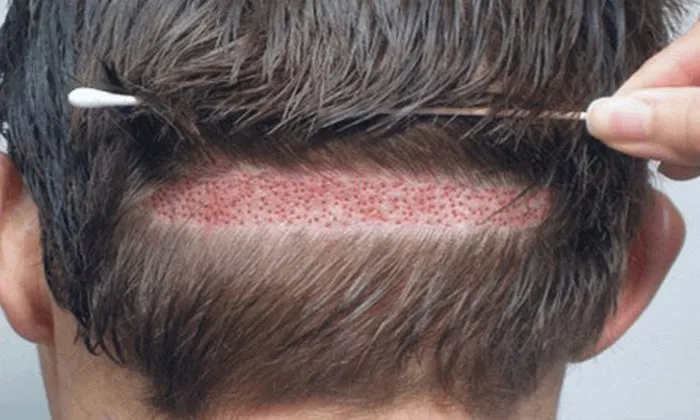Hair transplantation has emerged as a transformative solution for individuals experiencing hair loss. Whether due to genetics, age, or other factors, the procedure offers the promise of a fuller and more youthful head of hair. However, many prospective candidates wonder about the permanence of the results. In this article, we explore the longevity of hair transplants and what individuals can expect in the years following the procedure.
1. Understanding the Basics of Hair Transplantation
Before delving into the permanence of hair transplants, it’s crucial to understand the basics of the procedure. Hair transplantation involves the relocation of hair follicles from a donor area, typically the back or sides of the scalp, to the recipient area, where hair loss has occurred. The two primary techniques are Follicular Unit Transplantation (FUT) and Follicular Unit Extraction (FUE).
2. The Role of Donor Dominance: A Key Factor
The concept of “donor dominance” is central to the success and permanence of hair transplants. Donor dominance refers to the inherent resilience of hair follicles taken from the donor area. These follicles are genetically programmed to continue growing, even when transplanted to a different location. This fundamental principle is a key factor in ensuring the long-term success of a hair transplant.
3. Permanence of Transplanted Hair: A Positive Outlook
The transplanted hair is, in essence, permanent. Once the hair follicles are successfully transplanted and take root in the recipient area, they retain their original characteristics, including resistance to the effects of hormones responsible for hair loss. This permanence makes hair transplantation an effective and lasting solution for addressing baldness or thinning hair.
4. Shedding After Transplantation: A Temporary Phase
It’s important for individuals undergoing a hair transplant to be aware of the natural shedding process that follows the procedure. After transplantation, the transplanted hair enters a temporary phase of shedding. This is a normal part of the hair growth cycle, and it may cause some recipients to worry initially. However, this shedding is a prelude to the regrowth of new, permanent hair. Patients should expect to see new hair growth within a few months of the shedding phase.
5. Maintenance and Care: Sustaining Permanence
While the transplanted hair itself is permanent, the surrounding native hair may still be susceptible to further loss. To ensure the overall longevity of the results, individuals must commit to ongoing maintenance and care. This may involve the use of medications like minoxidil or finasteride to prevent further hair loss and preserve the existing native hair.
6. Age-Related Considerations: Adapting Expectations
As individuals age, natural hair thinning and loss may continue to occur. While the transplanted hair remains permanent, the surrounding native hair may be subject to age-related factors. Therefore, it’s crucial for individuals to have realistic expectations and understand that while the transplanted hair endures, the overall appearance of the hair may evolve over time.
7. Choosing a Qualified Professional: Ensuring Long-Term Success
The skill and expertise of the surgeon performing the hair transplant significantly impact the permanence of the results. Opting for a qualified and experienced professional ensures that the transplant is performed with precision, minimizing the risk of complications and maximizing the longevity of the results. Researching and selecting a reputable clinic or surgeon is a critical step in the journey toward a successful and enduring hair transplant.
8. Advances in Technology: Continuous Improvement
The field of hair transplantation continues to evolve, with ongoing advancements in technology and techniques. These improvements contribute to the overall success and permanence of the procedure. Individuals considering a hair transplant can benefit from staying informed about the latest developments, as these may enhance the long-term outcomes of the surgery.
See Also: How Many Times Hair Transplant Can Be Done: A Full Guide
Conclusion: A Lasting Solution for Renewed Confidence
In conclusion, hair transplantation offers a lasting and permanent solution for individuals seeking to restore a full head of hair. The concept of donor dominance ensures that transplanted hair retains its original characteristics, making it resistant to further loss. While age-related factors and natural hair thinning may occur, the transplanted hair remains a permanent fixture. By choosing a qualified professional, committing to post-transplant care, and staying informed about technological advancements, individuals can enjoy enduring results and renewed confidence in their appearance.


